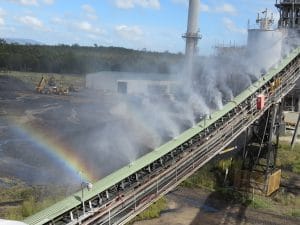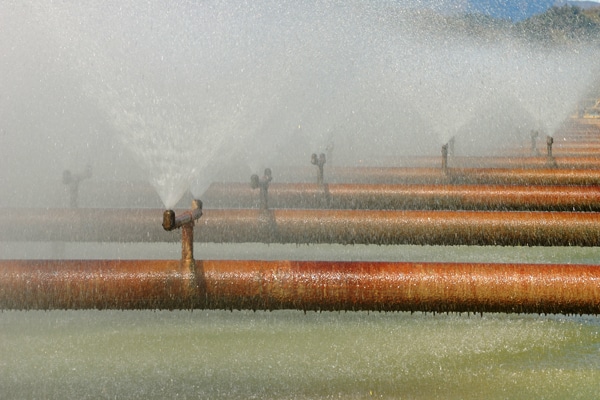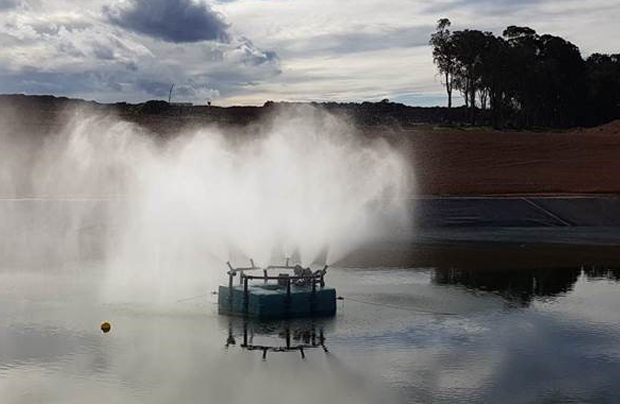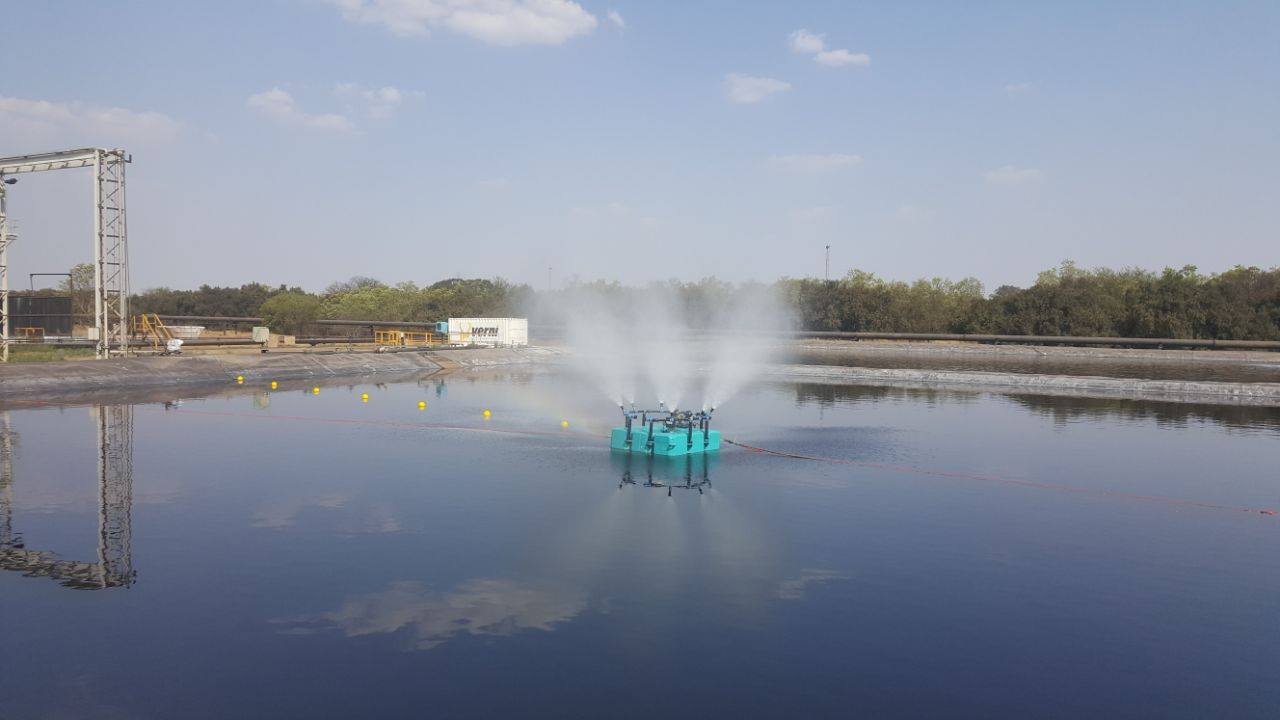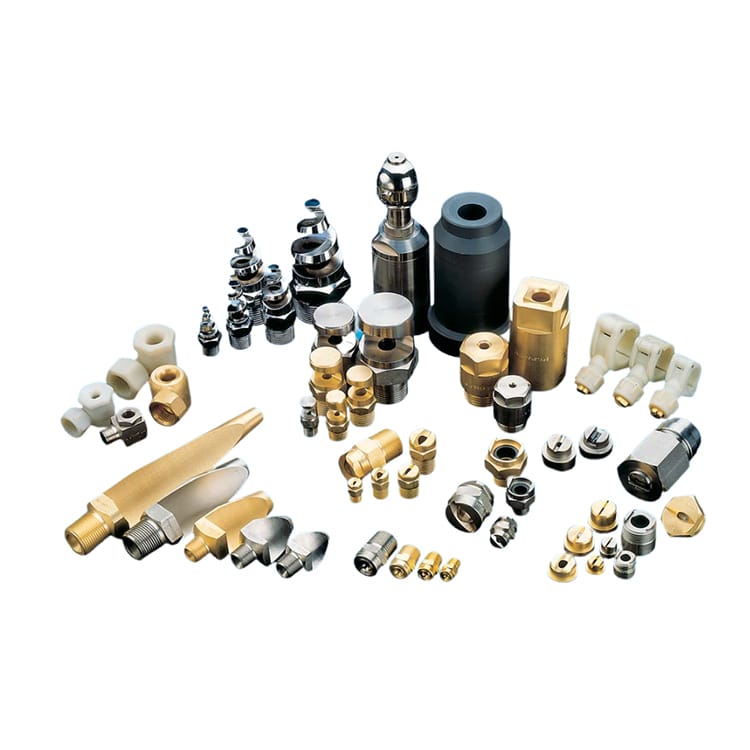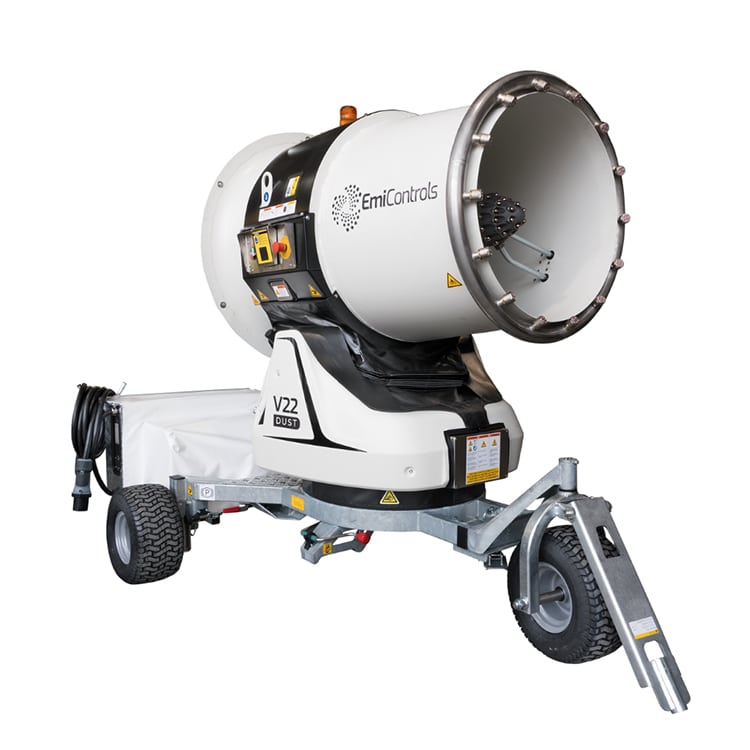Wastewater Evaporation
Wastewater evaporation is a method used to treat industrial wastewater by spraying it into the air, allowing it to come into contact with atmospheric conditions and promoting the natural evaporation of water. This process is particularly effective for handling wastewater with high water content and can be applied in various industries, including mining, chemical processing, food and beverage, and wastewater treatment. Here’s an overview of spray wastewater evaporation:
1. Principle of Spray Waste Water Evaporation:
- Spraying Wastewater: In this method, wastewater is sprayed into the air using specialised evaporators, nozzles or spray systems. The wastewater is typically broken down into fine droplets to maximize the surface area exposed to the atmosphere.
- Contact with Air: The sprayed droplets come into direct contact with ambient air, exposing the water molecules to heat and wind, which facilitates the evaporation process.
- Evaporation: As the water droplets absorb energy from the surroundings, they transition from a liquid state to a vapor or gas state, resulting in the evaporation of water.
2. Applications for Evaporation:
- Mining Industry: Wastewater evaporation is commonly used in the mining industry to manage wastewater containing high concentrations of dissolved minerals. This method helps reduce the volume and concentrate the minerals for further processing.
- Chemical Processing: Industries involved in chemical manufacturing may use spray evaporation to treat wastewater containing chemical pollutants. The method is effective in reducing the liquid volume and concentrating chemical residues.
- Food and Beverage Industry: Spray evaporation can be applied in the treatment of effluents from food and beverage production, aiding in reducing the discharge volume and concentrating organic or inorganic residues.
- Wastewater Treatment Plants: In wastewater treatment plants, spray evaporation can be employed as a supplementary or standalone method to reduce the volume of liquid waste before final disposal.
3. Equipment Used in Wastewater Evaporation:
- Spray Nozzles: Various types of spray nozzles, including atomizing nozzles or misting nozzles, are used to break down wastewater into fine droplets for efficient exposure to the air.
- Evaporators: Evaportors consist of pipes, pumps, and control mechanisms to deliver wastewater to the spray nozzles and ensure uniform coverage.
- Supporting Infrastructure: Depending on the scale of the operation, additional infrastructure such as collection basins or ponds may be used to capture any residual liquid or concentrated waste.
4. Considerations in Wastewater Evaporation:
- Climate Conditions: The efficiency of spray wastewater evaporation is influenced by climate conditions, including temperature, wind speed, and humidity. Warmer and drier climates generally promote more efficient evaporation.
- Energy Consumption: This method relies on the natural energy of the environment for evaporation and may have lower energy consumption compared to some other wastewater treatment methods.
- Residual Waste Handling: The concentrated waste or sludge remaining after evaporation may require further treatment, solidification, or secure disposal in accordance with environmental regulations.
5. Environmental and Regulatory Compliance:
- Environmental Impact: While spray wastewater evaporation relies on natural processes, consideration should be given to potential environmental impacts, including air emissions and the disposal of concentrated waste.
- Regulatory Compliance: Industries utilizing spray wastewater evaporation must comply with local, regional, and national regulations governing wastewater management, including permissible discharge limits and disposal practices.
Wastewater evaporation is a method used in various industries to manage wastewater by utilizing natural processes of evaporation. The efficiency of this method is influenced by climate conditions, and careful consideration should be given to environmental and regulatory factors to ensure proper and compliant wastewater treatment.
In the image above, the wastewater is also being used to assist with dust suppression on a conveyor and coal stockpile.
